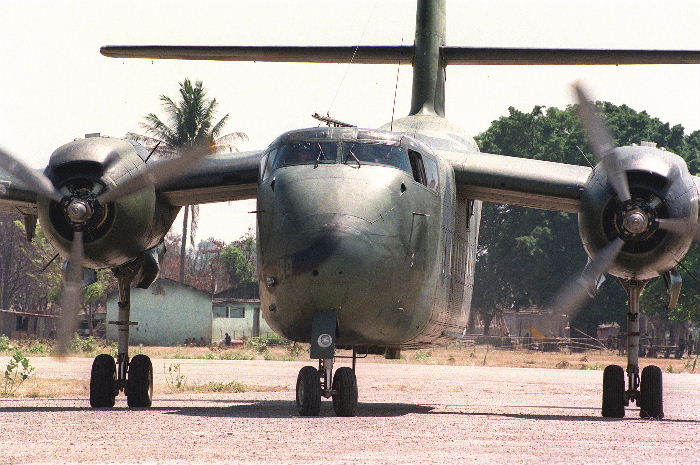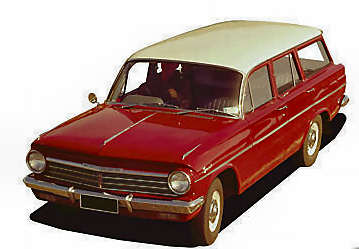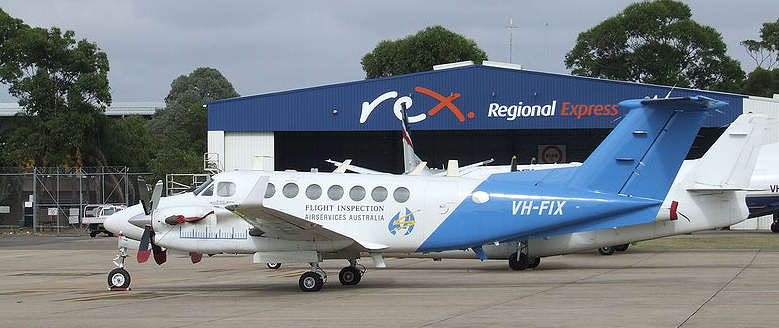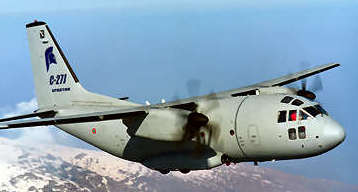|
Radschool Association Magazine - Vol 27 Page 13 |
|
Privacy Policy | Editorial Policy | Join the Association | List of Members | Contact us | Index | Print this page |
|
|
|
RETIREMENT OF THE DHC-4 CARIBOU.
The old `warhorse' of the sky will be retired from RAAF base Townsville, with all Caribous being phased out at the end of the year.
The Minister for Defence, the Hon. Joel Fitzgibbon MP, announced the Government has accepted the reality that it will be necessary to bring forward the retirement of Australia’s thirteen remaining 'serviceable' DHC-4 Caribou aircraft to December 2009.
|
|
|
|
|
|
“The Government has been left with little choice but to retire the Caribou and has reluctantly agreed to do so despite the fact that poor planning by the former Government has denied us the opportunity to produce a replacement aircraft before 2013,” Mr Fitzgibbon said.
“After 45 years of tireless and distinguished service with the Royal Australian Air Force, the Caribou fleet is suffering badly from a range of ageing aircraft issues, and contains asbestos parts which I am determined to weed out of the Defence Force.”
The Commanding Officer of 38 Squadron, Wing Commander Anthony Thorpe, said it was with mixed emotions that crews would farewell the faithful aircraft, after 45 years in service.
"The guys in the unit are
very proud of what they do (and
also those that did – tb) and the capability the Caribou
The Royal Australian Air Force took delivery of its first Caribou in April 1964, the same year that the EH Holden (right) was in the new car showrooms. The Caribou has a proud 45-year history of supporting Australian Defence Force operations, throughout the South West Pacific and in South East Asia, including active service in Vietnam, humanitarian relief in Kashmir, Cambodia and Papua New Guinea and also in support of peacekeeping operations in the Solomon Islands and East Timor.
Despite its outstanding track record, the Caribou is now well beyond its sustainable life of type. The Caribou fleet suffers from corrosion, fatigue and obsolescence issues that make them increasingly difficult and costly to maintain.
“The RAAF is struggling to achieve four to five serviceable aircraft at any one time,” Mr Fitzgibbon said. (Bring back the rag spanners we say. tb)
|
|
Recently I was asked to play in a golf tournament. At first I said, 'Naaahhh!' Then they said to me 'Come on, it's for handicapped and blind Kids.' Then I thought... Damn, why not - I could win this!'
|
|
“In fact, it is a tribute to the outstanding work of 38 Squadron aircrew, technicians and support personnel that the Caribou has been able to operate as long as it has.
“The reality is that a decision should have been taken a long time ago on acquiring a tactical airlift capability to replace the Caribou. The Government has been left with no other option than to rectify yet another shortcoming we have inherited in transition planning across our entire Air Force fleet,” Mr Fitzgibbon said.
Left, the super comfortable and roomy passenger seating provided in the Caribou, just the thing for a 7 hour flight.
Project Air 8000 Phase 2 plans to deliver a Tactical Battlefield Airlift capability for the Royal Australian Air Force to replace the Caribou in 2013. “Options for bringing forward the schedule on this project are being considered as part of the White Paper process,” Mr Fitzgibbon said.
As an interim measure, a
leased fleet of five additional Hawker Pacific B300 King Air aircraft
(below) will undertake light air transport tasks. These aircraft will be
phased into the Townsville-based 38 Squadron as the Caribou is
progressively retired toward the end of 2009. Three King Air 350
aircraft, currently operated by Army, will also be transferred across to
38 Squadron.
“The interim King Air lease will help Air Force minimise the adverse workforce issues that result from allowing gaps to develop in transitioning aircraft fleets,” Mr Fitzgibbon said.
“It is important that we honour the debt of gratitude we owe to the men and women who have supported the Caribou for so long by providing a means for them to maintain their skills and streamline their transition to a more modern and capable replacement aircraft.”
The King Air is a modern aircraft with digital avionics, advanced displays and navigation systems and turbine engines, that will assist in transitioning 38 Squadron aircrew and technicians to the more modern aircraft types being considered under Project Air 8000 Phase 2
The big money is on the Italian C-27J Spartan, built by Alenia Aeronautica, being the replacement for the old Caribou. Conceived for the military role since its original design, the C-27J Spartan is the unique true tactical air-lifter in its class. Its ruggedness, survivability in hostile environments, reliability and manoeuvrability are unmatched. With the widest cargo hold in its category, the Spartan carries over 11 tons and operates easily from short and rough airstrips in remote areas, without external support. Sharing the glass-cockpit, engines and propellers with the C-130J Hercules, it is fully inter-operable with it and other military transports - tb.
“Our nation is extremely proud of the magnificent service that the Caribou has provided to the Royal Australian Air Force over the past five decades. While there may be some who are saddened to hear of the Caribou’s impending retirement, even the most vocal supporters of the Caribou will agree this decision is long overdue.”
“The men and women of 38 Squadron have been waiting for many years to know what the future holds. Today’s decision gives reassurance to them that the Government is very aware of both the challenges they face in trying to sustain such an ageing aircraft and the career management uncertainty that has been unnecessarily forced upon them after so many years of empty promises and inaction,” Mr Fitzgibbon said.
|
|
A bank robber walked into a bank, pulled out his gun, shot a couple of rounds into the ceiling then shouted, “This is a stick-up, everyone on the floor, first person to speak gets shot” Next minute, down the back of he bank, a bloke sticks his hand up. “What’s wrong with you” shouts the bank robber. “Excuse me sir”, says the bloke, “but I think my wife wants to say something”.
|
|
HONOURING THE CARIBOU’S SERVICE TO AUSTRALIA.
The Minister for Defence, the Hon. Joel Fitzgibbon MP and the Deputy Prime Minister, the Hon. Julia Gillard MP, announced today that the DHC-4 Caribou’s extraordinary 45 years of operational service in the Royal Australian Air Force (RAAF) will be honoured with one aircraft being gifted to the RAAF Museum at Point Cook and one to the Australian War Memorial.
During 2009, the RAAF will gradually retire the Caribous as they become due for expensive major maintenance. “The Government has decided that on retirement from RAAF service, two of the Caribous with distinguished operational records will be allocated to Australia’s foremost military heritage collections,” Mr Fitzgibbon said.
“This will be a fitting way to respect and remember the Caribous and the men and women who have worked so hard to fly and support the aircraft.
Mr Fitzgibbon recently visited Point Cook to announce that Caribou A4-152 will be provided to the Museum in early 2010. Caribou 152 was delivered to the RAAF in May 1964 and served in Vietnam, Kashmir, Papua New Guinea and East Timor. It is scheduled to be one of the last Caribous to retire and will become a static display at the RAAF Museum.
Left, 35 Sqn in Vung Tau, 1969, when the Caribou was king.
Point Cook is an historical
aviation site of extreme importance. It was where, in 1903, the first
manned flight in
Caribou A4-140, with a similar outstanding service history, is earmarked for the Australian War Memorial. The Defence Materiel Organisation will manage the Caribou disposal plan which will determine the future of the other 11 aircraft.
|
|
|
|
|
|
|
|
Do dogs dream?
Who said dogs don’t dream – have a look at THIS
Bird
Strike.
Peter Forster sent us a short video on what happens when a foreign object such as a large bird is ingested into a jet engine. You don't want to be onboard that aeroplane if it happens - that's for sure!! This is an example of how the engine exploded on the plane from the recent Hudson River landing! It’s a big file and will take a few minutes to download, but it is worth the wait.
Click HERE.
|
|
During World War II, because metal was scarce, the Oscars were made of wood.
|
|
Back Go to page: 1 2 3 4 5 6 7 8 9 10 11 12 13 14 15 16 17 18 19 Forward |






.jpg)


